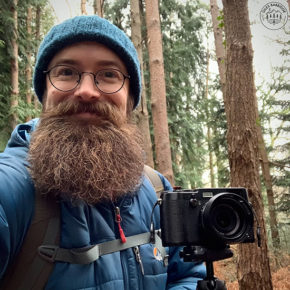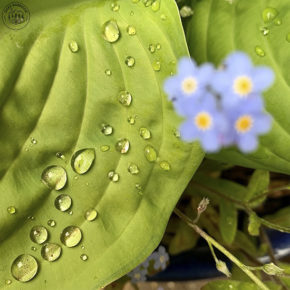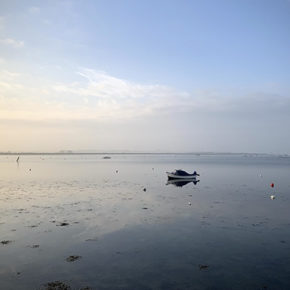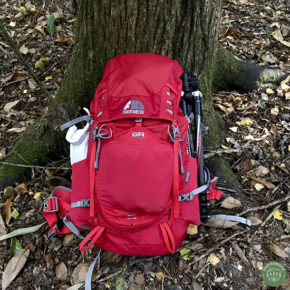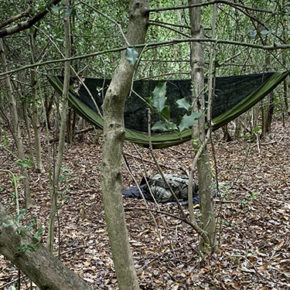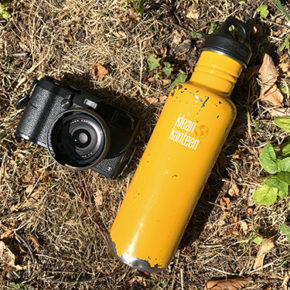Gotta Love A Karabiner
Ah, karabiners, they really do make me so happy. Much like drybags, these simple items have proven themselves to be invaluable time after time.
The longer you spend in the outdoors – whether that be for the purpose of taking pictures or not – the more you will learn how to refine your kit choices so that only the bare essentials (and possibly the odd ‘luxury’ item or two) find their way into your bag. The karabiner is one such item.
Why? Simply put, it is an incredibly useful thing.
For those of you who don’t know, karabiners are perhaps most often found in the rock climbing world, where they offer a secure way to fasten yourself to rock faces via an assortment of attachment gear. Outside of the sport, though, they have been widely adopted in just about every conceivable industry and pastime – because they are just so damn handy!
There are multiple variations on the theme, which I will come to shortly, but your basic device looks something a little like this:
The way it works is very simple. You push down on the spring-loaded arm (the gold-coloured bit in the example above), attach the item you want secured (key ring, bag handle, sand bag, loop of rope, whatever) and let the arm swing back into place. It’s a one-way system, so will only allow you to remove the attached item when the arm is pushed again.
Karabiners are available in a wide range of colours, sizes, materials and weight-bearing capacities. Therefore, as with all kit, you’re best to give a bit of thought as to what you want to use yours for ahead of purchasing. Some can be overkill for a given purpose; others won’t be strong enough.
For added security, you could go for what’s known as a screw gate karabiner (right, in the picture above). This basically works the same way as the standard design, except that in order to work the arm, you have to first unscrew the locking barrel that prevents opening.
I often favour a screw gate when carrying a backpack full of kit at busy events or less-secure locations. Ok, so if someone really wanted to access my bag, they could just take a knife to the fastenings held together by the karabiner – but this is pretty extreme!
Above, I mentioned that variations are available. One of my favourites, and oh-so very useful, is the NiteIze S-Biner. It looks like this:
I guess its function is pretty obvious – it allows you to attach things at both ends. I’ve got a bunch of these and use them for everything from setting up gear lines/washing lines in and around camp whilst on location, to hanging ballast such as a sandbag underneath my tripod for added stability.
Again, S-Biners are available in varying sizes, materials etc. To give you some idea of a tried-and-tested model that I regularly use, though, consider the plastic #2 version (left, pictured above). These little fellas (5 x 2.5 x 0.5cm approx.) weigh just 3g and can take a strain of up to 10lb (4.5 kg). They’re dead cheap, too – meaning that, in my opinion, you’d be silly not to get a few to throw in your camera bag or backpack ‘just in case.’
If you fancy something a little heavier-duty, the same model is available in a stainless steel metal version (right, pictured above), which still only weighs 7g.
Category: Location photography, Technique




